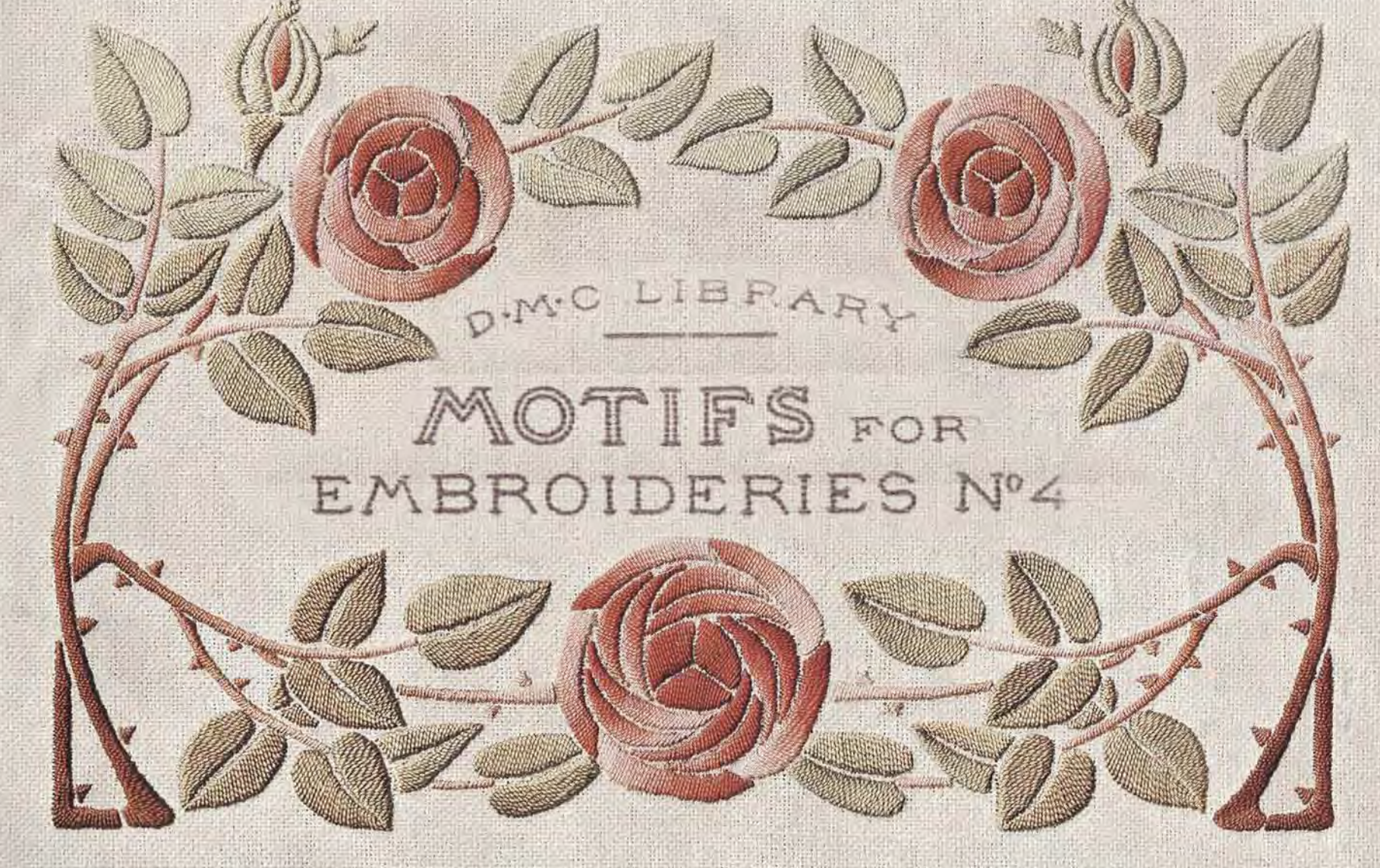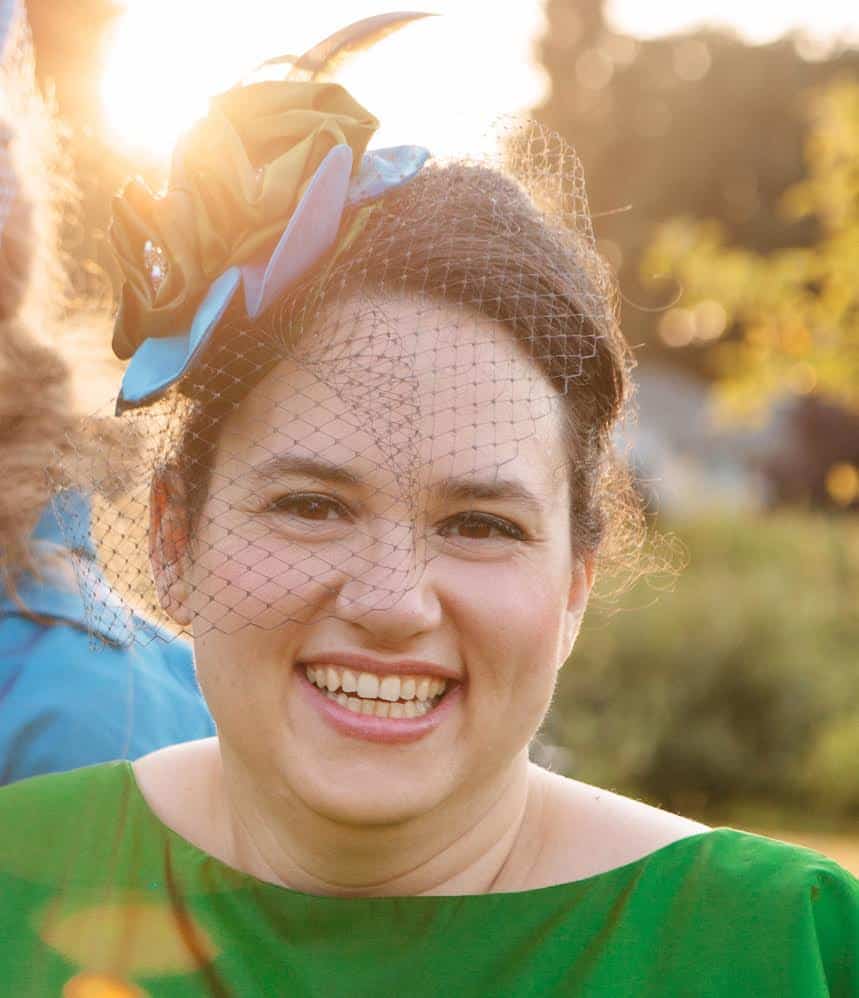Embroidery Inspiration – 18th Century Embroidery Styles
The 18th century was a glorious time for embroidery, and a sample from that era ends up in nearly every one of my Embroidery Inspiration posts. However, individual items don’t really give you an idea of what was happening during the century. So this week, let’s take a walk through the timeline of 18th century embroidery styles.
As you might recall from my post about 17th century embroidery, embroidery was mostly seen on household goods and accessories rather than on clothing. In the early part of the 18th century, it comes back into fashion on waistcoats, petticoats, and other garments.
The fascinating thing is that the designs, colors, and materials seem to jump straight from the household goods onto clothing, with very few changes. For example, this early 18th c. petticoat could have easily been a bed hanging just a few years earlier. The Jacobean motifs of rolling hills, the tree of life, and abstract flowers are worked along the hem in silk thread. LACMA.
The waistcoat, bag, and cap below are all stitched on linen fabric in either wool or silk threads. The colors and style resemble Jacobean crewel work.
 As we move further into the century you can still see the Jacobean influence, but the shapes of flowers and leaves are starting to become more realistic. The colors are also changing to softer and brighter shades than seen in earlier embroidery. For example, the petticoat below is stitched in soft yellows, aqua, salmon pink, and purples. While stylized, the flowers are still recognizable. CW.
As we move further into the century you can still see the Jacobean influence, but the shapes of flowers and leaves are starting to become more realistic. The colors are also changing to softer and brighter shades than seen in earlier embroidery. For example, the petticoat below is stitched in soft yellows, aqua, salmon pink, and purples. While stylized, the flowers are still recognizable. CW. Accessories like these caps and apron also show more realistic shading and shapes on the flowers and leaves in the design. Again, colors are softer and moving away from the strong reds, blues, and greens of earlier pieces. You’ll also see more silk embroidery and less wool.
Accessories like these caps and apron also show more realistic shading and shapes on the flowers and leaves in the design. Again, colors are softer and moving away from the strong reds, blues, and greens of earlier pieces. You’ll also see more silk embroidery and less wool.

This reticule also features roses and carnations, along with pansies and other flowers worked in shades of pastel silk. Rijksmuseum.
Even men’s waistcoats become more delicate, as well as much more fanciful. This example from near the end of the century features sprays of flowers, a bow playing a horn, and a turkey. Cooper Hewitt. 
Similar designs also show up as whitework on items like aprons, fichus, engageants, and other accessories. This example has a scalloped edge and winding border of vines and flowers. If you like this one, you might be happy to know it’s in the shop! The Met. 
I have even more examples of 18th c. embroidery to share this week on Facebook! I’ve also pinned all these and more over on Pinterest
What is your favorite period of 18th c. embroidery? Do you prefer the Jacobean-influenced designs of the early years, the lush mid-century florals, or the delicate pastel flowers from the end of the century? I’d love to hear in the comments.
Did you miss last week’s Embroidery Inspiration? Check out Monograms here.
Resources:
- If you’d like to learn more about 18th c. embroidery, as well as how it differs from other styles, you might like my Overview of Period Embroidery online class.
Books:
*Some of the links above are affiliate links, meaning, at no additional cost to you, I will earn a commission if you choose to make a purchase. These are marked with an * after the product name. I only recommend products or services I use personally and believe will add value to my readers, and I do not recommend products solely to get a commission.










 Next Post
Next Post
